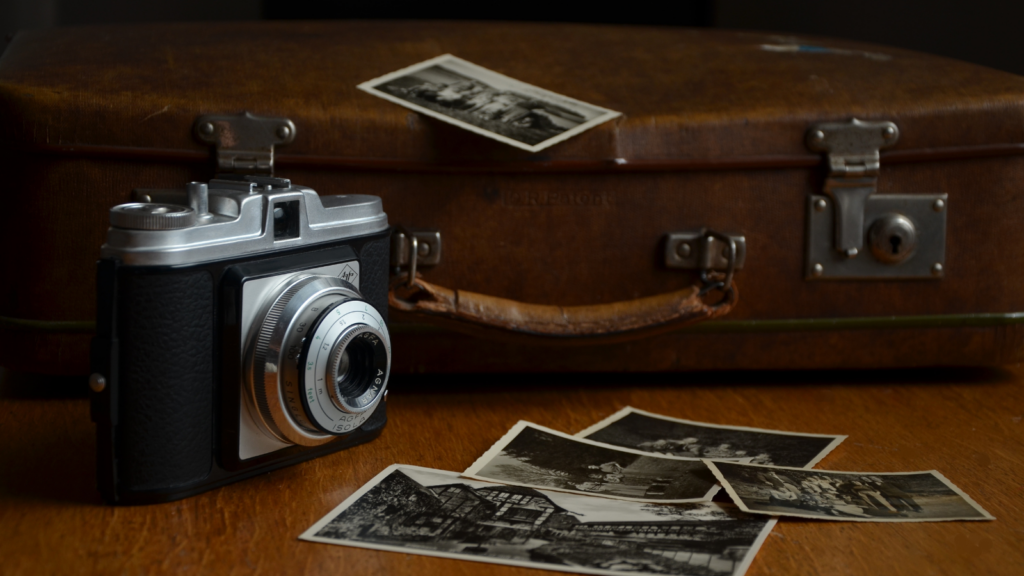In the age of digital cameras and smartphones, it’s easy to forget the charm and intricacy of old photography techniques. Yet these vintage methods, steeped in history and artistry, still hold a unique allure. They offer a window into the past, revealing how our forebears captured the world around them.
From daguerreotypes to cyanotypes, these age-old techniques have shaped the world of photography, influencing how we perceive and interact with images today. This article delves into these fascinating practices, shedding light on their origins, processes, and enduring appeal. So, whether you’re a seasoned shutterbug or a curious novice, buckle up for a captivating journey into the heart of old photography techniques
Old Photography Techniques
Evolution of Photography: From Daguerreotypes to Digital

Photography’s journey began with daguerreotypes in the 19th century. Invented by Louis Daguerre, this process created unique, mirror-like images Note. Contrastingly, digital photography, which debuted in the late 20th century, revolutionized the field with its ease of use and flexibility Note. Throughout the years, myriad photography techniques emerged, each adding a new dimension to this expansive art form.
The Fragile Art of Cyanotype Prints
Sir John Herschel’s cyanotype procedure, dating back to 1842, is a distinctive art. Infamous for its characteristic blue tones, the cyanotype process involved treating paper with a solution of ferric ammonium citrate and potassium ferricyanide. Exposed to sunlight and washed with water, the process revealed a stable Prussian blue image. These stark blue prints contrasted the ephemeral nature of capturing moments, creating a striking aesthetic Note.
Influence of Old Photography Techniques on Modern Photography
An Exploration of Sepia-Toned Digital Images
The technique of sepia-toning was born centuries ago, but its charm continues today, and modern photographers still opt for this technique, especially in digital images. This technique was initially employed to combat the problem of print longevity in photographs. Today, Sepia-toned digital images become a creative tool, imbuing their subjects with a wistful, nostalgic mood. Such images exhibit a distinctive brown hue reminiscent of early photographs, enhancing their appeal and lending them an artistic character.
The Influence of Pinhole Photography on Contemporary Cameras

Pinhole photography, one of the oldest techniques, exerts a considerable influence on contemporary camera development. In its simplest form, a pinhole camera comprises a lightproof box with a small hole, devoid of conventional lenses or shutters. This antique process impacts the modern camera world with the concept of ‘lens-less’ photography. Many modern cameras today incorporate ‘pinhole mode’ options, allowing photographers to create distinctive and fascinating images with a unique sense of depth and perspective.
Practical Applications of Old Photography Techniques
DIY Guide to Building Your Own Pinhole Camera
Building a homemade pinhole camera spotlights the roots of photography. Start with a light-proof container (Any box or can will suffice). Then, carve out a tiny hole on one side, functioning as your camera’s lens. On the opposite side, place a light-sensitive material, typically photographic paper. Upon exposing the hole to light, an inverted image forms on the paper inside, demonstrating the basic principles of optics and light that underpin photography.
Step-by-Step Guide to Developing Your Own Cyanotype Prints

Crafting cyanotype prints takes the observer back to the experimental spirit of the 19th-century. First, produce a mixture of equal parts Potassium Ferricyanide and Ferric Ammonium Citrate. Then, coat a sheet of watercolor paper with this mix, and leave it to dry in darkness. Afterwards, place an object or negative on the paper and expose to sunlight. Rinse the print under running water till the water runs clear, and there it is, a characteristic, prussian blue cyanotype print.
Shaped Evolution
It’s evident that vintage photography techniques hold a timeless allure. They’ve shaped the evolution of photography, from daguerreotypes to digital, and continue to inspire modern practices. The rich detail of wet plate collodion, the distinctive hues of cyanotypes, and the nostalgic charm of sepia-toned images are more than just relics of the past. They’re valuable tools for today’s photographers, fostering creativity and innovation. The resurgence of these old methods isn’t merely a trend.



